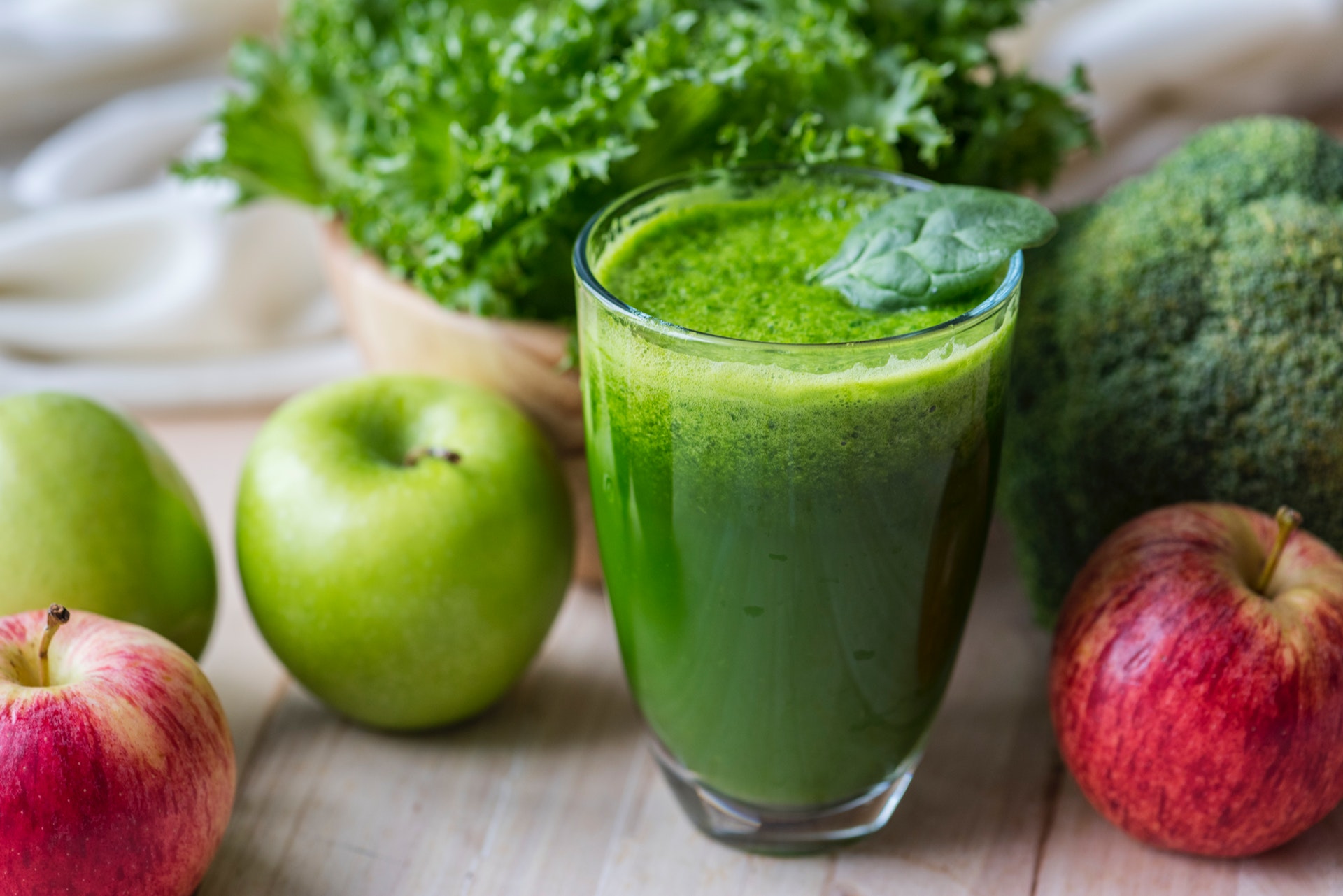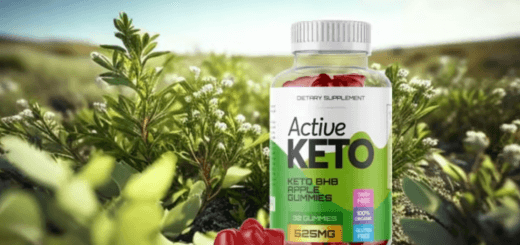Green smoothies have recently become a very popular health drink. Making a green smoothie involves using a good quality blender and adding vegetables such as spinach, kale, lettuce and outer cabbage leaves (those green ones most people remove when cooking cabbage!). To balance the taste, add a few sweeter vegetables such as carrots, or even a few fruits such as bananas, apples and mangos.
Green smoothies are a great boost in the morning, or can be kept refrigerated at work for lunch, during times when cooking vegetables is often not feasible. The contents of your smoothie can include anything you find palatable. Making a few commonly recommended smoothies from online websites can be a great start, but trial and error isn’t very costly when it comes to the ingredients, especially if you have a small glass sized blender, and you can experiment and tailor a smoothie direct to your own taste.
Creating and refining a potential green smoothie blend
When doing a few trial and error mixes to tailor make your very own smoothie, remember that the vegetables used should be raw, and it often helps to pre-blend each ingredient separately, then combine in the blender at the end. This ensures a smooth consistency and allows you to try different types of ingredients and ratios to find the perfect mix. When blending each ingredient separately during the trial and error/development stage, a small amount of water may need to be added to assist the blending process.
Once you have decided upon a mixture of ingredients however, adding one ingredient into the blender until smooth, then adding the next ingredient will achieve the same result, just much faster, along with being easier to blend and without lots of extra cleaning to do!
To get started fast, try out some popular smoothie recipes found online, such as spinach and apple, mint chip, chia green and green velvet.
Consider home-made smoothies over home juicing
Juicing vegetables and fruits should be avoided, as they tend to extract large amounts of sugars and also produce a drink that contains no fibre. While juicing is popular, if you haven’t already splashed out on a fancy juicing machine, invest in a decent blender instead. The benefits of fibre mean the body can digest the ingredients more naturally, and you will use less overall ingredients in a smoothie compared to a juicer.
Avoid dry blending or blenders which are low quality
Blending ingredients which do not contain much moisture should be added later on in the blending process. Start by blending ingredients with a high liquid content as blending vegetables with minimal water content first can result in the blender heating up. Heat is known to reduce the amount of some active minerals and nutrients. Spending a little more on a decent blender will make it easier to make green juices.
Soup recipes as guides for smoothies
Smoothies don’t always have to be sweet. In fact, a lot of soup recipes will make a good guide for raw smoothies. Don’t be limited to a few greens and fruits, experiment with other more savoury items such as mushrooms and asparagus. Finding soup recipes of this nature will often be a good guide to determine what ingredients go well together, then blend them up and see for yourself!
Add some texture to your smoothie by adding items such as nuts, beans or peas
Many types of nuts, beans and peas can be added to smoothies. They add texture, and also add more proteins and natural fats to your smoothies. If using canned chickpeas however, rinse them first in a strainer, and avoid adding the liquid from the chickpea juice, as blended chickpea juice and water produces a semi-solid consistency liquid, very similar in texture to mayonnaise, something you will likely want to avoid in your smoothie!
A great smoothie to try out is the Chocolate Chickpea Shake. Note that fresh peanut butter can be made at home using blended nuts!
All in all, there is really nothing negative about adding smoothies to your regular diet, provided you minimise the amount of fruit used, and use only fresh ingredients, not supplementing fresh fruit and vegetables for already juiced ingredients.
The more natural the ingredients the better as the smoothie digests more like a meal than a drink.










